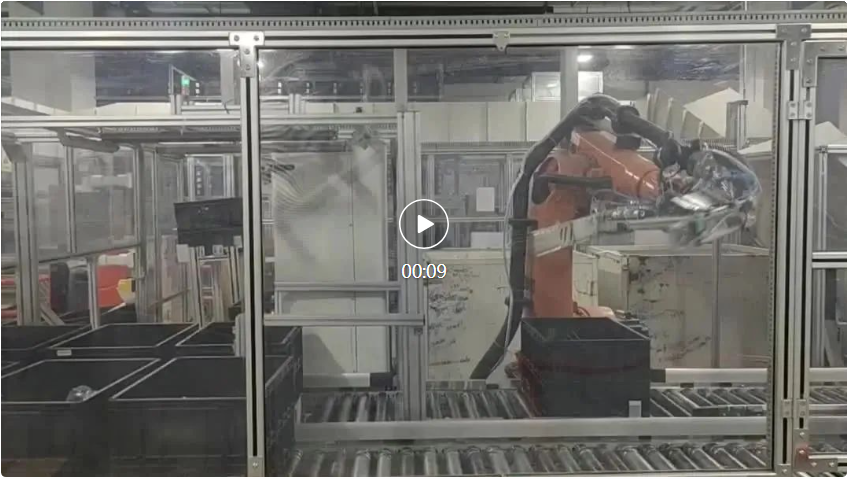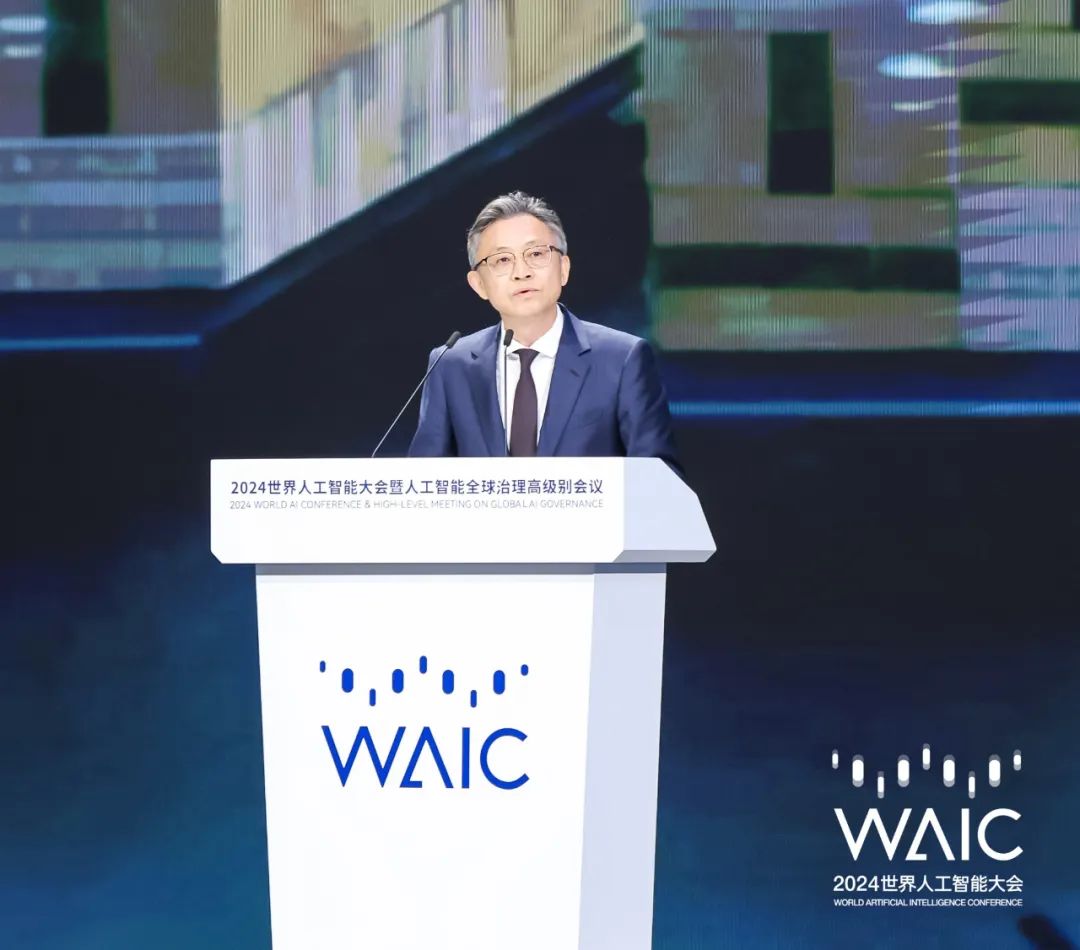
Industrial AI, there is no new king, light but no glory, still water flows deep. No one would object to saying that generative AI is the king of topics today. With a few simple words, the Terracotta Warriors can be "resurrected" to sing Qin Opera, and Trump can appear on a talk show. When the emotional value is full, do you dare to imagine cooler things, such as being able to create what you want with just your words? AI can not only generate a video, but also build an immersive, highly simulated virtual space that follows physical laws. It only needs natural voice to input instructions, and it can convert them into professional industrial language, and then hand them over to the intelligence of the real factory. The chemical production line becomes a "real thing". Dare to imagine the cool things, you can create what you want!
 Such a wonderful future may seem far away, but according to Siemens’ depiction, it is no longer a castle in the air. The application of AI in the industrial field is entering a new stage.
Such a wonderful future may seem far away, but according to Siemens’ depiction, it is no longer a castle in the air. The application of AI in the industrial field is entering a new stage.
Last year, Nuremberg, Germany's Nuremberg international electrical automation system and component exhibition (SPS). Language commands to automatically generate complex industrial codes.
 At this time, another operator used natural language to guide the virtual assistant and asked the robotic arm of the production line to grab. The system called the corresponding module in the robot function library, and the robotic arm grabbed the items on the assembly line.
At this time, another operator used natural language to guide the virtual assistant and asked the robotic arm of the production line to grab. The system called the corresponding module in the robot function library, and the robotic arm grabbed the items on the assembly line.
However, Siemens is not only satisfied with providing innovative artificial intelligence products like Industrial Copilot, it is also a user and practitioner of industrial artificial intelligence. In Siemens’ own factories, the organic combination of a large number of artificial intelligence technologies and scenarios has already become a breathing thing. 
This "Lighthouse Factory" has deployed nearly 100 AI projects, which are used in multiple scenarios such as quality inspection and garbage disposal.
The production line is equipped with automatic optical inspection (AOI) equipment to detect the quality of circuit board solder joints, but the strict standard settings bring a large number of "false positives" and require a lot of manual re-inspection. By adding an AI system after the AOI equipment for secondary inspection, the factory successfully filtered out more than 90% of "quality-problematic" images, greatly reducing the workload of workers.
By adding an AI system after the AOI equipment for secondary inspection, the factory successfully filtered out more than 90% of "quality-problematic" pictures.For factories, the disposal of industrial waste is a big trouble. The front-end production line runs 24 hours a day, and the factory generates thousands of boxes of industrial waste every day. Now, the AI sorting robot's identification rate of hazardous waste reaches 100%, the identification rate of other materials such as finished products reaches 94%, and the comprehensive identification rate exceeds 96%. There is no need for manual garbage disposal.

High-quality industrial data allows AI to release productivity
Roland Busch, the head of Siemens, once said that the existence of artificial intelligence technology alone is meaningless. Only when it is put into various industries can it produce huge benefits.
However, the quality and availability of industrial data have always restricted the current large-scale application of AI. In China's large number of industrial manufacturing sites, data types are complex and of varying quality. Only a large amount of high-quality industrial data can train reliable industrial models, and these qualified industrial "nutrients" are not collected in one step from collection to use. Easy.
With its huge market share, it has accumulated massive industrial data resources, which has become its core competitiveness in the digital era.
GTT 1.0, Siemens’ first time series data basic model that is being developed and trained, is a concentrated expression of this natural advantage.
These advantages are deeply rooted in Siemens’ comprehensive layout and deep integration in the fields of industrial hardware and software.
Siemens’ hardware product line is extremely extensive. Its industrial control system is the cornerstone of traditional enterprise digitalization, and controllers (PLCs) are used in one-third of the world's factories.
For example, the Siemens Industrial Edge edge computing platform can be deployed close to the data source to achieve data collection, processing and analysis.
Siemens is deeply involved in the formulation of communication protocols such as fieldbus and industrial Ethernet, enabling it to collect field-level data with extremely high granularity and accuracy.
Similarly, in the field of software, Siemens has also shown strong strength. Siemens has gradually built a comprehensive industrial software ecosystem, making the differences between different levels (such as equipment layer, workshop layer, enterprise layer), different systems (such as MES, PLM), and different departments (such as design, production, service) The integration and collaboration of type data becomes possible, forming Siemens’ unique data advantages.
This experience of "unity of knowledge and action", coupled with the comprehensive layout of "implementing both software and hardware", ultimately builds Siemens' unparalleled data ecological advantage.
Open up the two channels of Ren and Du
Full infusion of industry knowledge allows AI to learn to work
Since the complexity of industrial data far exceeds general understanding, in addition to common image and text data, the industrial field also includes things such as logic control, Time series data and data in multiple modalities such as various images and 3D models. Understanding and leveraging this data requires extensive industrial background and experience.
"If AI wants to move from consumption to industry, it must be deeply integrated with industrial scenarios, open up the connections between numbers and mechanisms, and achieve a leap in productivity with safe, reliable, and trustworthy industrial-grade AI," said Siemens Global Executive Vice President , Xiao Song, Chairman, President and CEO of Siemens China, said in his speech at the 2024 WAIC Industrial Development Plenary Meeting.

The above is the detailed content of The giant behind the scenes is taking industrial AI to the next stage. For more information, please follow other related articles on the PHP Chinese website!
 Recommended computer hardware testing software rankings
Recommended computer hardware testing software rankings
 Introduction to software development tools
Introduction to software development tools
 How many people can you raise on Douyin?
How many people can you raise on Douyin?
 linux switch user command
linux switch user command
 The difference between JD.com's self-operated flagship store and its official flagship store
The difference between JD.com's self-operated flagship store and its official flagship store
 What are the common testing techniques?
What are the common testing techniques?
 How to take screenshots on Huawei mate60pro
How to take screenshots on Huawei mate60pro
 The difference between arrow functions and ordinary functions
The difference between arrow functions and ordinary functions




